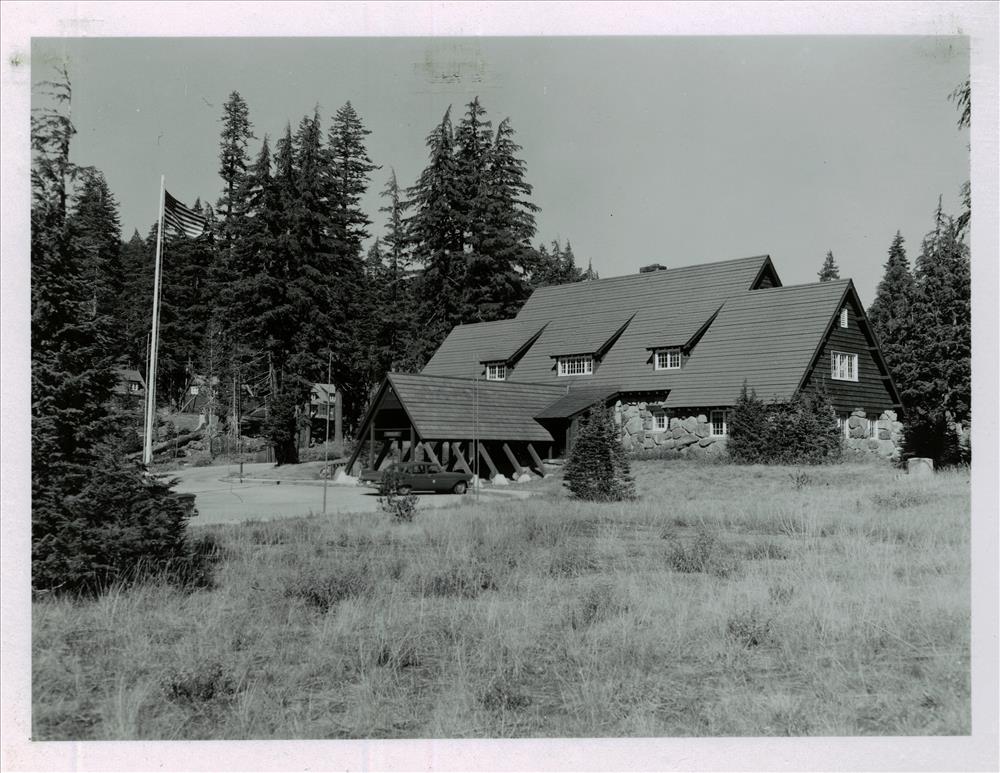Crater Lake seems to be the best example in the Park Service of one unit being influenced by landscape architects, as having a whole landscape created at one time.
I think Crater Lake is a good example of when you talk about the nations’ gems, as we used to at one time, about national parks being the crown jewels. Crater Lake always comes to my mind as being a crown jewel, even when you see it from the air it’s a crown jewel. It’s a compact park that’s got everything there, the operation is compact, you go to other National Parks and the interpreters very often will be spread out a great distant from the supervisors. I remember talking to a seasonal interpreter at another wild park. He was dropped off at his place, this happened to be Isle Royale, and then that’s the last he saw of his supervisor. And this applies to many parks, the chief interpreter just can’t get around because of the distance involved the time and distance to really supervise seasonal personnel. At Crater Lake it’s such a compact operation you can do this. And I think that reflects on the quality of the interpretation.
It’s generally well-known throughout the service that an evaluation at Crater Lake means something.
Yes, I think so.
Did you have any involvement with wilderness studies?
The National Park Service geared up for wilderness studies during the time that I was in the San Francisco office. I was not specifically in what came to be the unit that took on, although I was involved in wilderness studies. I remember this was part of the first study I was on when I went to Chiricahua and was involved in most of the studies we did for the remainder of the time I was there. That added a whole new area of thinking and philosophy to park planning, “what is a wilderness”?


